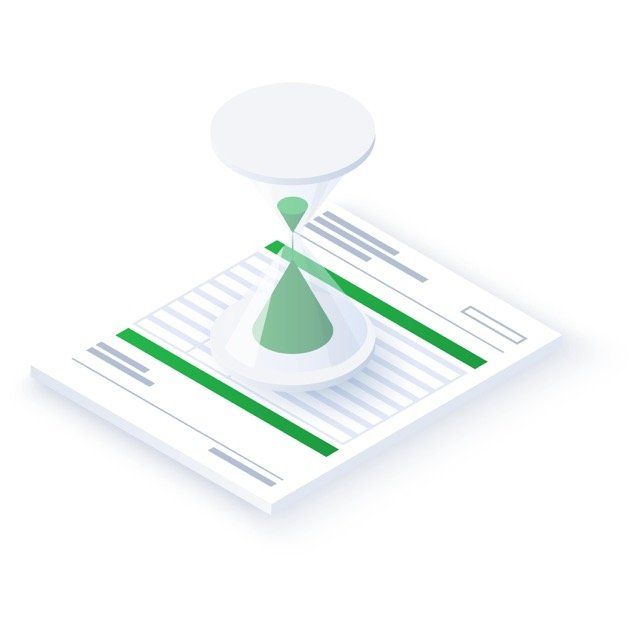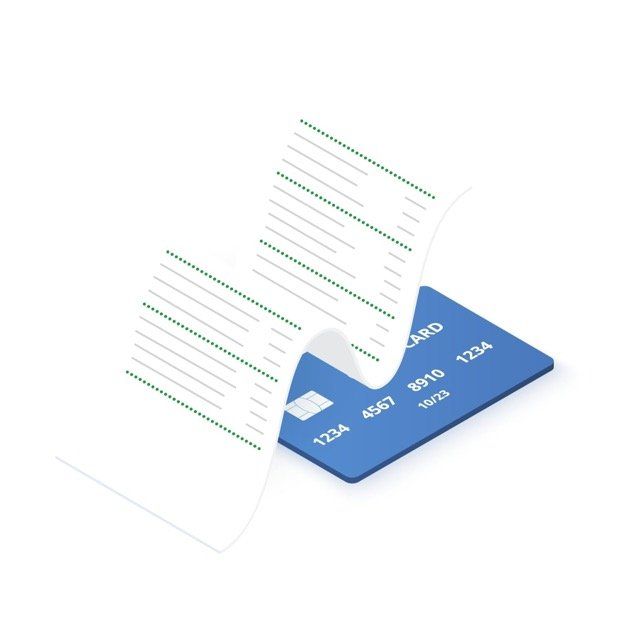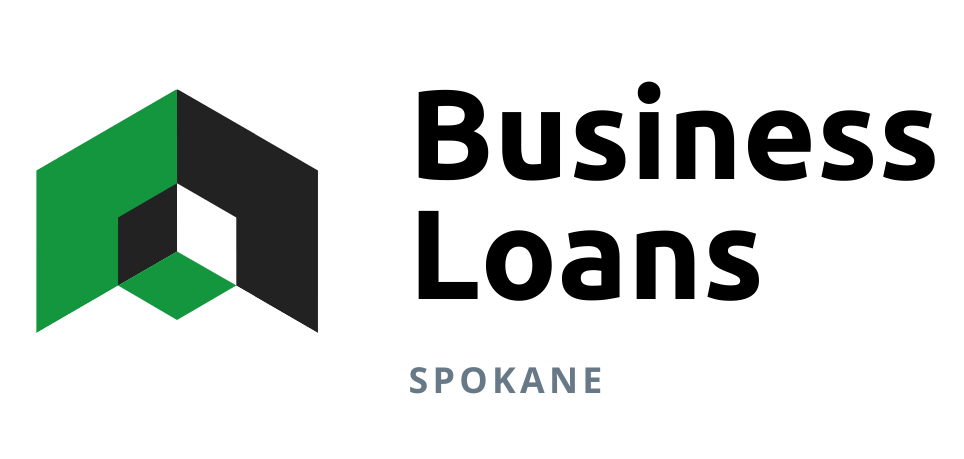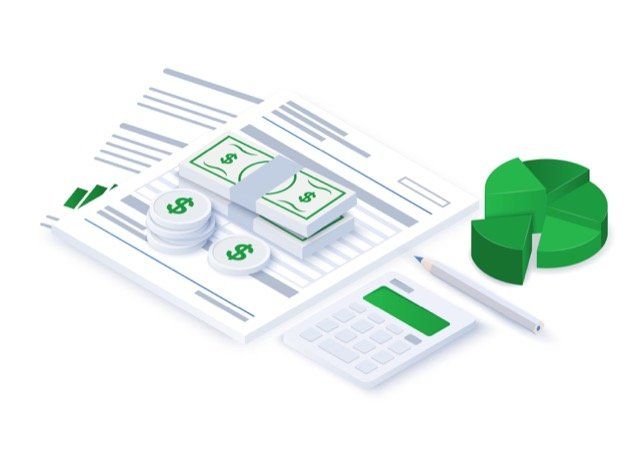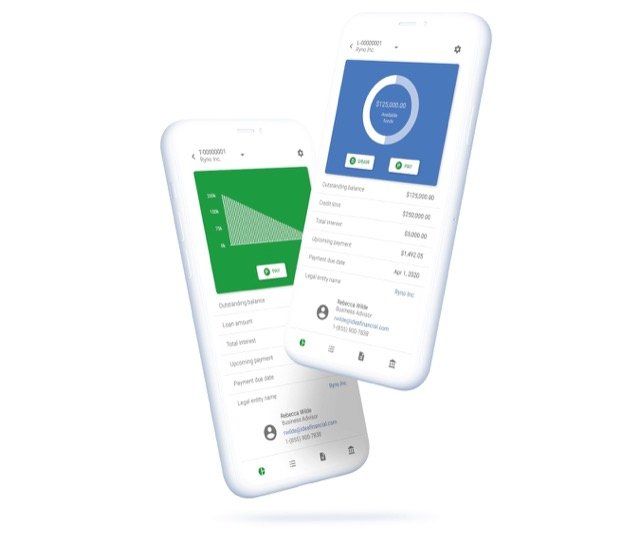Navigating the Loan Application Process
Securing funding is a crucial step for many businesses looking to grow, expand, or even survive during challenging times. Whether you're a startup entrepreneur or a seasoned business owner, navigating the business loan application process can be intimidating. However, with careful planning and preparation, you can increase your chances of success and secure the financing your business needs to thrive. In this blog post, we'll explore key steps and strategies for navigating the business loan application process effectively.
The first step in navigating the business loan application process is to understand your financing needs and options. Take the time to assess your business's financial situation, identify your funding requirements, and determine the type of loan that best fits your needs. Whether you're seeking a short-term loan to cover operational expenses or a long-term loan to finance expansion projects, understanding your financing needs will help you choose the right loan product.
Once you've identified your financing needs, it's important to research and compare different loan products. Consider factors such as interest rates, repayment terms, fees, and eligibility criteria when evaluating potential loans. Additionally, explore alternative financing options such as Small Business Administration (SBA) loans, lines of credit, and invoice financing to find the best fit for your business.
Before applying for a business loan, take the time to prepare your financial documents and business plan. Most lenders will require detailed financial statements, tax returns, cash flow projections, and a comprehensive business plan as part of the loan application process. Be sure to gather all relevant documents and ensure that they are accurate, up-to-date, and well-organized to streamline the application process and demonstrate your creditworthiness to lenders.
As you prepare your loan application, it's essential to review your credit score and address any issues that may negatively impact your creditworthiness. Lenders will evaluate your personal and business credit history when assessing your loan application, so it's important to maintain a good credit score and address any outstanding debts or delinquencies before applying for a loan.
Once you've gathered all necessary documents and assessed your creditworthiness, it's time to submit your loan application. Be prepared to provide additional information or documentation as requested by the lender and be proactive in addressing any questions or concerns that may arise during the application process.
After submitting your loan application, be patient and proactive in following up with the lender. The loan approval process can take time, and it's not uncommon for lenders to request additional information or documentation before making a final decision. Stay informed and engaged throughout the process, and be prepared to negotiate terms and conditions to ensure that the loan meets your business's needs and objectives.
While navigating the business loan application process can seem like a daunting task at first, all it requires is requires careful planning, a little preparation, and perseverance. Remember to be proactive, patient, and diligent throughout the application process, and don't hesitate to seek guidance from financial advisors or industry experts if needed. With the right approach and mindset, you can navigate the business loan application process successfully and take your business to new heights of success.
Working with a professional yet personable lender can make the task much simpler as well - once you've done your part to prepare, call us to start the loan application process. We are here to help you every step of the way!
Applying is free and will not affect your credit score.
Contact Us

